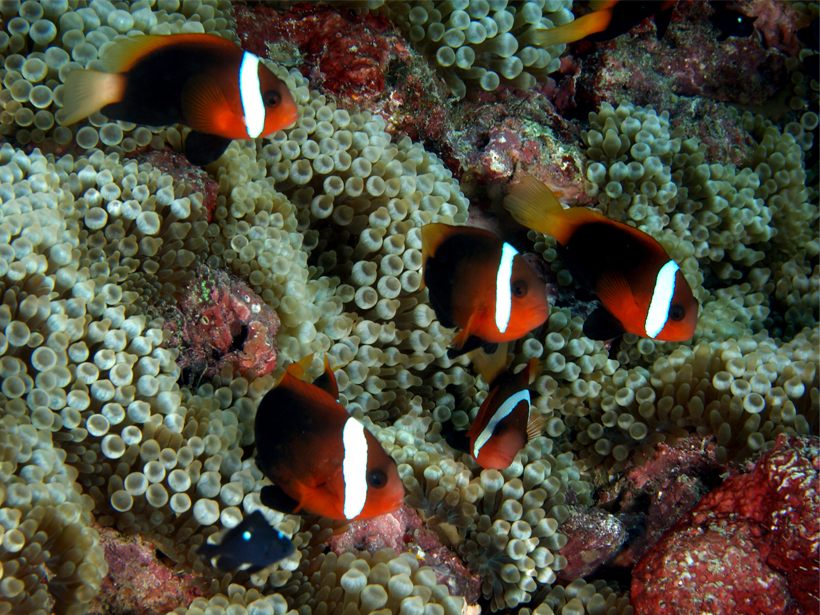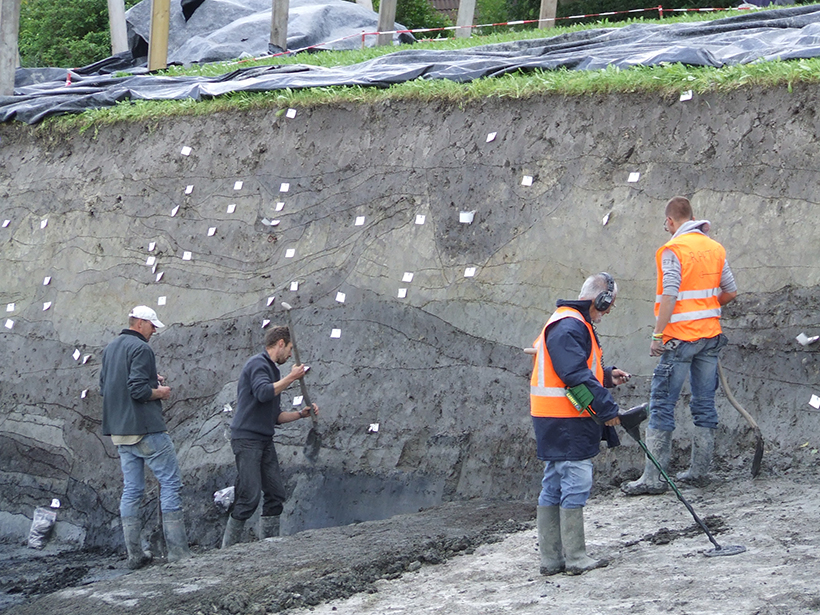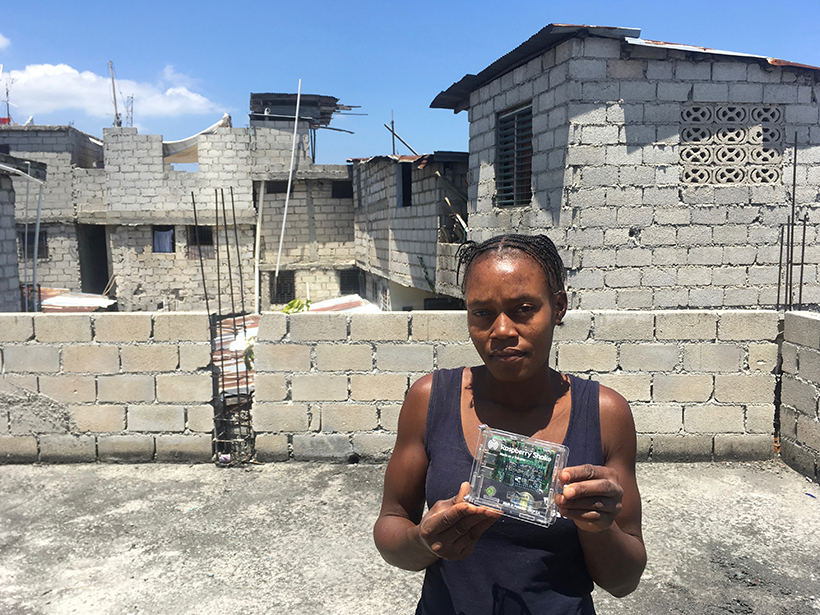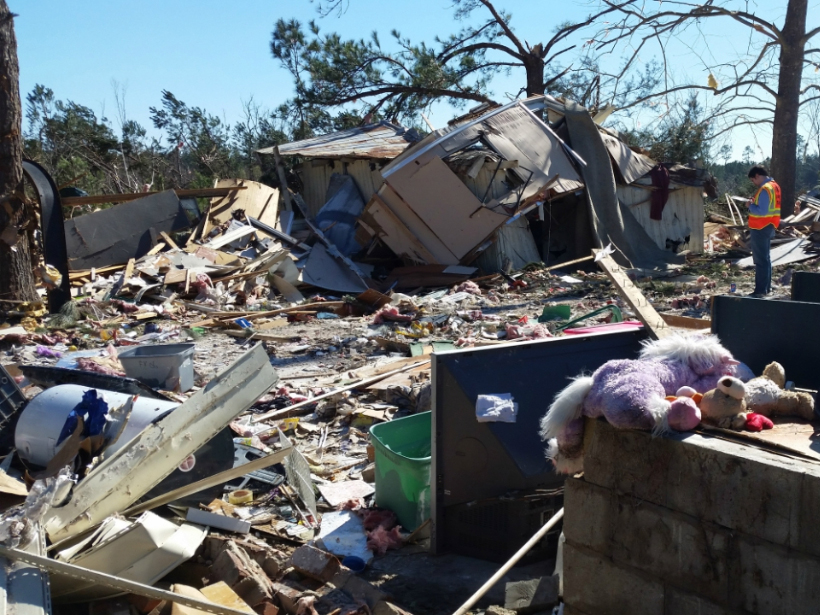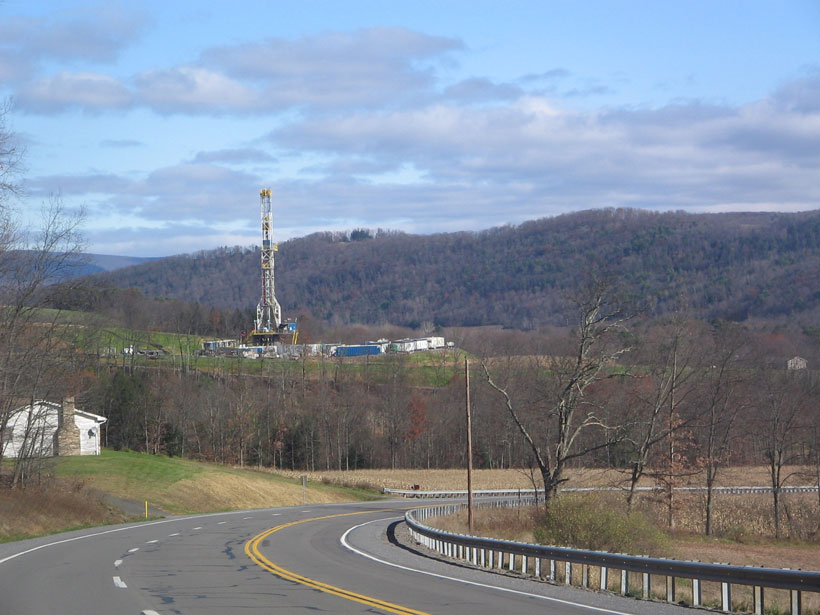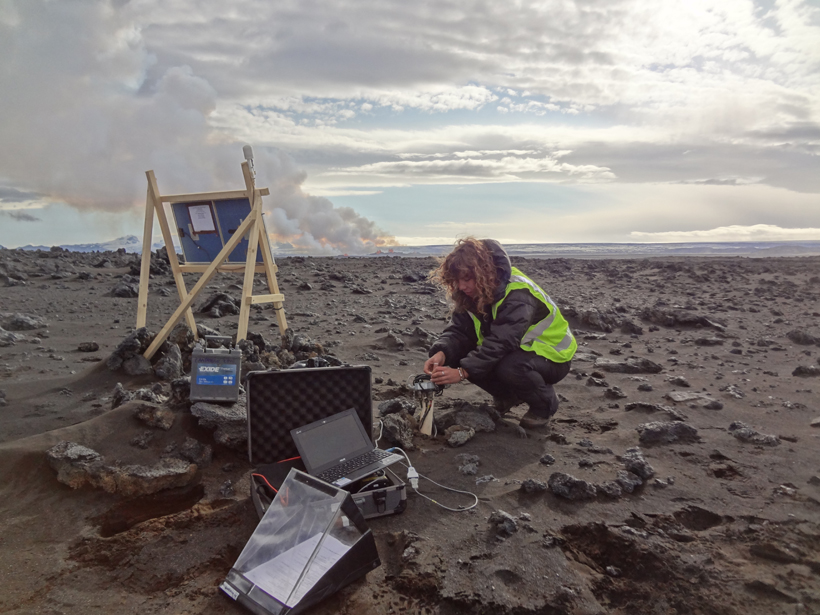Noise pollution may be changing how some species of fish develop.
Hazards & Disasters
Modeling Tsunamis with Social Media
Video footage gathered from social media is used to reconstruct the timing and likely source(s) of the tsunami generated by the 2018 Palu earthquake.
Australia–New Zealand Plan for Future Scientific Ocean Drilling
Australian–New Zealand IODP Consortium Ocean Planet Workshop; Canberra, Australia, 14–16 April 2019
Deciphering the Fate of Plunging Tectonic Plates in Borneo
What happens when subduction stops? A team of scientists installed a dense seismic network in Borneo to investigate causes and consequences of subduction termination.
Historic Solutions to Sea Level Rise May Help Modern Communities
Earthen mounds helped ancient Dutch settlers thrive in coastal flood zones. Could historical engineering help us fight against rising seas?
Did a Volcanic Eruption in 1783 Change the Climate in Europe?
A new model of the Laki eruption in Iceland suggests that normal climate variability was to blame for the anomalously warm summer.
Monitoring Haiti’s Quakes with Raspberry Shake
A network of “personal seismometers” is intended to complement Haiti’s national seismic network to engage and inform residents about earthquake hazards and preparation.
Tornado Warnings Don’t Adequately Prepare Mobile Home Residents
A survey of the southeastern United States shows that nearly half of mobile home residents don’t know where to shelter during a tornado, and many aren’t getting the resources they need to survive one.
In Pennsylvania, Methane Emissions Higher Than EPA Estimates
Although methane emission estimates from underground coal production appear to be accurate, the calculated emissions from natural gas production are underreported.
More Than 30,000 Earthquakes Trace the Movement of Magma
Seismometers near Iceland’s Bárðarbunga volcanic system pinpointed thousands of earthquakes in 2014–2015, revealing where molten rock was moving underground before any eruptions occurred.

